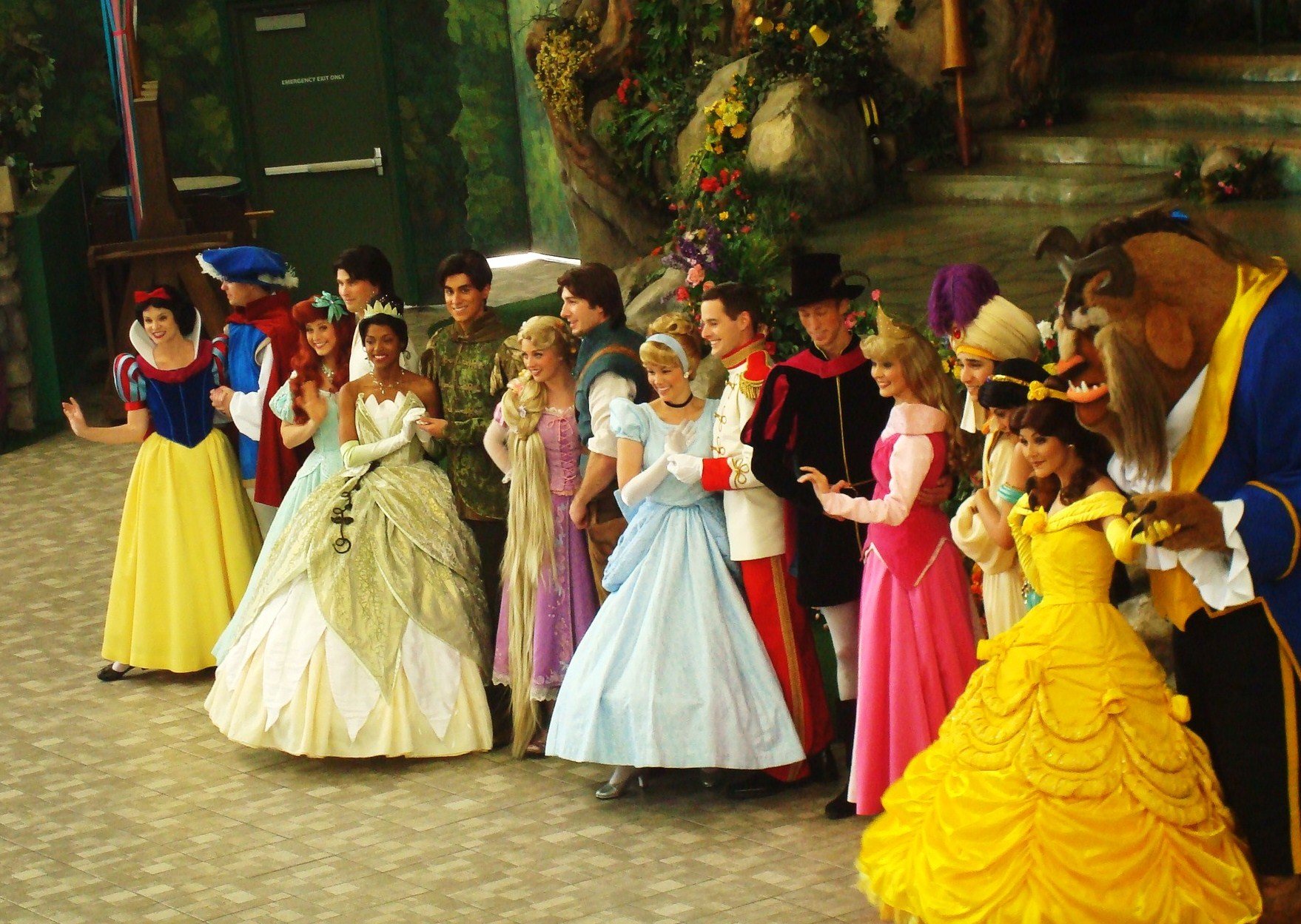Having been born in the 1990s, I recall watching the ‘old’ Disney. Those hand-drawn cartoons were Vermeer in comparison to the three-dimensional blobs that pervade the flat-screens of today. We wore velvet trackies, scrunchies and those hideously sequined baseball caps, and my Disney princesses were blonde and beautiful, of course.
My room was pink and my prince was always Charming, white, on his white horse. Now, my sister and I, we both loved those princesses and Disney, and the little toys that came with it all, but we are mixed race: even though our nursery classroom was a rainbow of races, and my first loves Indian and Chinese, these weren’t the days of your (one) black princess.
Disney’s version of Sleeping Beauty is a dangerous woman. I ask you: what would the world have looked like if the prince who tries to awaken Sleeping Beauty from her sleep was black, and if she was Mongol. If the princess had been gender neutral, or if there had been black, mixed-race, size 16 dolls by my bedside, the world would have been a very different place.
If I had seen a commercialised version of myself lining the shelves of Toys R Us, I may never have bothered buying a pair of straighteners—wearing your afro high may not have been solely reserved for the ‘New Style’ pages of fashion magazines and ‘normal’ may not have been hair hanging straight down to our shoulders. There is danger in the staples of childhood being so distant from what I was, and what many of us are.
From the scripture of the early Church, which condemned a sinning Eve, to the glorified images of a modern day domestic goddess, our society has a prominent and undeniable history of the ‘ideal’ woman, with any ‘other’ a dangerous divergence. Why would I ever need Prince Charming to save me? Yet, lo and behold, while Disney churned out its films in the 1950s, another breed of woman was born in the Paris of 1955: “Lolita, light of my life, fire of my loins” in Vladimir Nabokov’s infamous novel. He subverts our expectations, drawing us closer even as we are repulsed.
Lolita, unlike a Disney princess, is hurt not by a wicked stepmother, but instead, by Humbert Humbert, a middle-aged man. The tale of her rape and perverted prostitution was so dire that it almost went untold, and yet she is sexual, and leaves a trail of broken men behind her—quite literally, in the case of protagonist Humbert Humbert, who dies “in legal captivity, of coronary thrombosis”.
However, as Craig Raine put it, it is because Lolita “hasn’t a shred of self-pity”, that “she survives—by not recognising she is a victim.” Lolita is a tragic tale. Yet, just as it is Nabokov who fashions Lolita, Disney’s Aurora was scripted by a man, and it perhaps because of this that these bastions of femininity are dangerous. The little girls dancing to ‘When You Wish Upon a Star’ are dancing to the tune written for them by a man, who in turn draws his ideal of the princess, in the image of what he believes ‘woman’ should be.
Lolita ends up married, pregnant, and still dependent on Humbert Humbert for money. And it is Prince Philip who saves Aurora. One could say that all it takes is a critical eye for us to sit quiet, watch those blonde Disney classics and still wear our ‘afro’ hair higher than ever. But we’re women, we’re female, and we are dangerous—the right kind of dangerous.
So, though I’ll have to settle for the good old 90s, hopefully we can start painting our women in all kinds of beautiful, so that one day, a mixed-race boy, girl, or none of the above can have their princess too.



